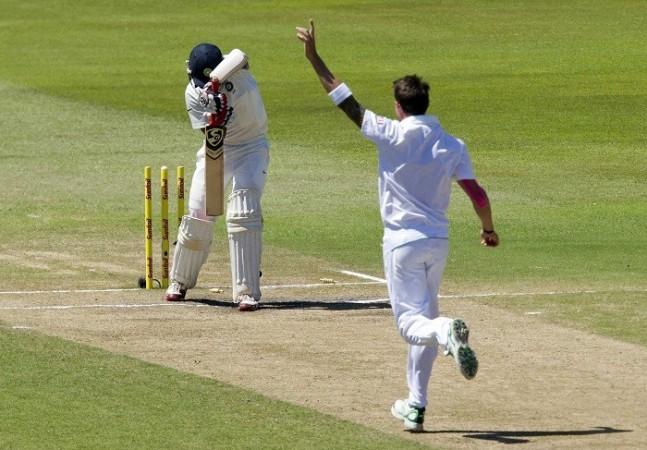
Curtains have come down on one of the greatest Test cricket careers in the entire history of the game. South African pacer Dale Steyn has decided to walk into the sunset as far as the longest format of the game is concerned. 439 wickets in 93 Tests at an average of 22.9 are stats that are enough to prove the greatness of the 36-year old.
But while stats reveal a lot, they can also hide even more. People may look at the record of James Anderson – 575 wickets in 149 Tests – and consider them even better. But if one has followed Dale Steyn's career over the years, they would know why so many people consider him to the best bowler of this century.
If you are not convinced and have a different opinion, let us try to convince you by presenting the reasons that should prove the Proteas pacer's superiority over all his rivals.

While James Anderson has more wickets, he has looked embarrassingly innocuous in unhelpful conditions. His performances in India and Australia have only been occasionally good. When the ball is swinging and the conditions are overcast, Anderson is lethal. But when the pitch is flat, he has appeared clueless.
Steyn, on the other hand, has won matches for his team in all conditions. His seven-wicket haul against India at Nagpur in 2010 on a flat pitch was one of the best examples of his ability to succeed on the most unfriendly tracks. He also has great performances in Australia, England, Sri Lanka, Pakistan and everywhere else you can think of. The ability of the South African to get wickets, whatever the pitch is, makes him way better than Anderson.
While the English bowler is master of swing and Zaheer Khan was adept at reverse swing, there was hardly any quality of a fast bowler that Steyn didn't possess. Except for his height, which wasn't as much as some other greats of pace bowling in history, he had everything else.

Steyn could bowl at high speeds; swing the ball both ways; in both ways – orthodox and reverse; deliver a good bouncer as well as a deadly yorker; possessed a good slower ball; extremely consistent in line and length; and had a beautiful, rhythmic action. Perhaps, he wasn't as good in the death overs as a Lasith Malinga or Jasprit Bumrah, but every other weapon was in his arsenal. Steyn was as close to fast bowling perfection as one has come, at least in recent times.
The ridiculously low average and strike-rate of Steyn looks stunning when you consider that he played cricket in a very batting-friendly era. In the 1980s and 1990s, a great bowler had an average around 20-22 but Steyn averaged 22.9 in modern times – a monumental achievement.
For a better perspective, let's look at the averages of other prominent bowlers of this century. Anderson's average is 26.9, Zaheer Khan's 32.9, Stuart Broad's 28.8, Brett Lee 30.8 and Shoaib Akhtar 25.7. It can be said that 25 is the threshold for a modern-day great pacer and Steyn is the only bowler in modern times who has managed to stay under it for a prolonged period of time.
Of all the countries he has played in, Steyn has the highest average in England – 31.65 – which most bowlers would love to have. His strike rate is lowest for any bowler who has picked up more than 200 Test wickets – another proof of his unmatched quality.
Again, among all the countries he has played in, his strike-rate is highest in New Zealand – 66.8. That is an exception. The next highest number in this list is 55.4, in England, a strike-rate that most bowlers would kill for.
Whichever way you look at it, Steyn's position as the man at the apex of fast bowling hierarchy is undeniable. He has retired, but only after ensuring that his place in history is secure.














